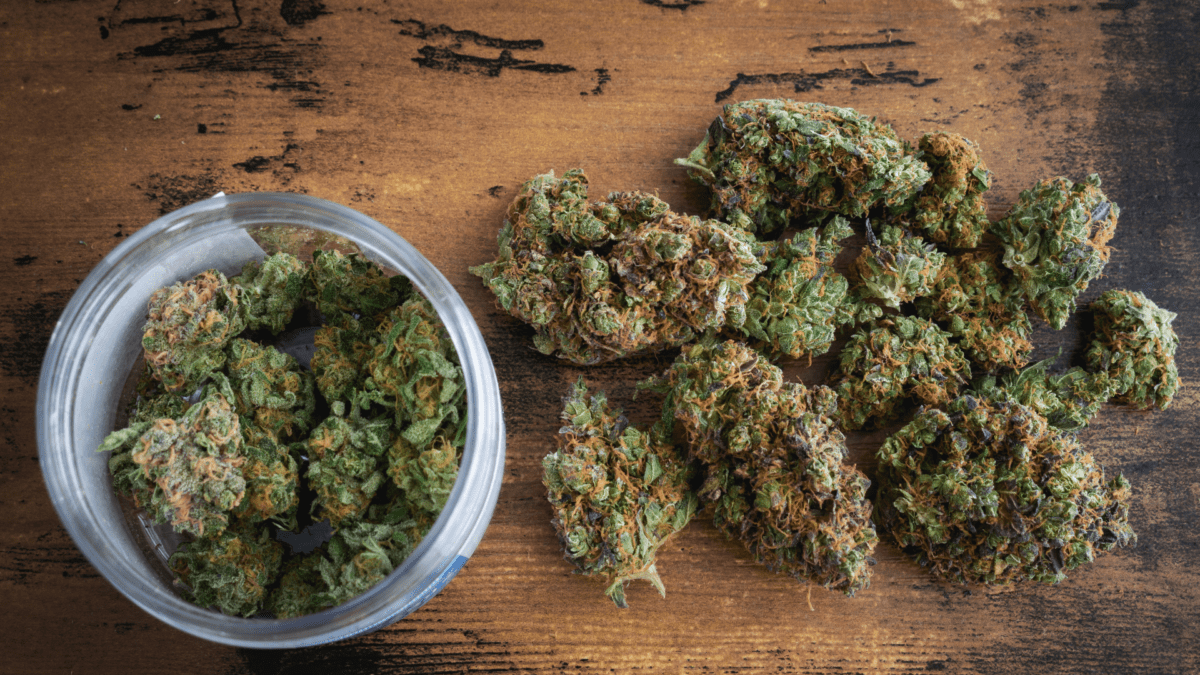There is a lot of conflicting information out there about cannabis strains. Some say strains don’t matter, others say strains may help you achieve a specific feeling or benefit. When used to describe a cannabis plant or product, the word strain is used interchangeably in different contexts. To gain an understanding on what a cannabis strain is, let’s first take it back to the botany of one of humanity’s oldest crops.
Cannabis Botany
The Cannabaceae family includes about 12 genera and 170 species. A genus (singular for genera) is a classification below a family and above a species. Some conclude that the genus cannabis comprises a single species, Cannabis Sativa (C. sativa). It is proposed by others that the cannabis genus consists of three species, C. sativa, C. indica, and C. ruderalis. Others will even include a fourth species that can be identified as any hybrid between the aforementioned three. Sativa-types are characterized by their tall and narrow leaves, widely believed to produce a stimulating, cerebral psychoactive effect. Indica-types are short with wide leaves, reported to produce sedative and relaxing effects. Ruderalis is thought to be a descendant of indica, although adjusted to the climate where it originates, resulting in a shorter and stalkier plant.
A 2015 study found a “moderate correlation between the genetic structure of marijuana strains and their reported C. sativa and C. indica ancestry and show that marijuana strain names often do not reflect a meaningful genetic identity”. The different species may have more to do with the structure of the plant alone, rather than an effect that may be produced.
Indica, Sativa, or Hybrid?
Despite the debate among the scientific community, dispensaries and brands may still stick to three classifications for delta-9-tetrahydrocannabinol (THC) products: indica, sativa, or hybrid. Hybrid strains are thought to combine the effects of both indica and sativa. But if these don’t speak to the effect, rather just the genetic structure, how do you know what effect to expect from the product you are purchasing? Well, while indica and sativa speak to the species, taking a deeper look at the chemical profile will speak to the strain.
Dr. Ethan Russo has stated, “the sativa/indica distinction as commonly applied in the lay literature is total nonsense and an exercise in futility. One cannot in any way currently guess the biochemical content of a given cannabis plant based on its height, branching, or leaf morphology…It is essential that future commerce allows complete and accurate cannabinoid and terpenoid profiles to be available”.
Cannabinoids and Terpenes
There are an infinite number of strains out there. Taking a look beyond the indica, sativa, hybrid classifications to the mix of cannabinoids and terpenes can give us more insight into what effect may be produced.
Cannabis contains over 100 compounds called cannabinoids, the major ones being THC and cannabidiol (CBD). They may each provide different benefits. You may have observed products that are labeled as having a ratio of the two major cannabinoids, THC and CBD. These could be described as THC dominant (high THC, low CBD); CBD dominant (high CBD, low THC); or an equal balance of THC and CBD in a 1:1 ratio. Percentages of additional cannabinoids are also present in certain strains, as they may provide even further benefits.
Terpenes are compounds produced by plants such as fruits, trees, herbs, and a variety of other plant species that are responsible for determining their distinct scents. Terpenes are so abundant in nature that they form the largest group of plant chemicals.
Plants use terpenes as a defense mechanism to protect themselves from the environment and predators. They release a strong odor and flavor that is intended to ward off certain insects or herbivores. Not only do they play a role in protecting plants, but research shows terpenes to have multiple health-promoting properties in humans.
Terpenes may enhance health benefits alone or synergistically with other terpenes and cannabinoids of the cannabis product, however little data is available to support an entourage effect directly through our cannabinoid receptors. Most research on the effects look at individual terpenes, rather than how they work in combination; therefore additional research is needed to allow us to understand further therapeutic potential of various cannabis strains and products.
Do strains mean anything?
When considering the biochemical components, strains do matter. Understanding the quantifiable amounts of cannabinoids of your product is an important step in knowing the quality of your product. Differences in observed effects can be attributed to terpene content. For example, it might not be the fact that a strain is labeled indica as to why one feels sedated. That feeling may actually be attributed to myrcene, a terpene with researched, sedative effects.
It is equally important to recognize that a strain’s effects on one person could trigger a different outcome for someone else. Factors such as ailments, genetic predispositions, tolerance level, setting, consumption method, and others are all worth consideration in determining the result a product may have. Thankfully there are many resources more readily available to navigate the world of cannabis consumption. If you want to reach out to our care team to discuss anything cannabinoid therapy related one on one – we are here for you! You can call our free hotline at 719-347-5400, email [email protected], or schedule an appointment.



